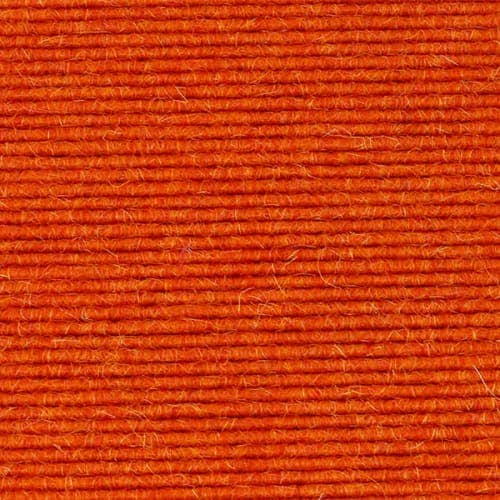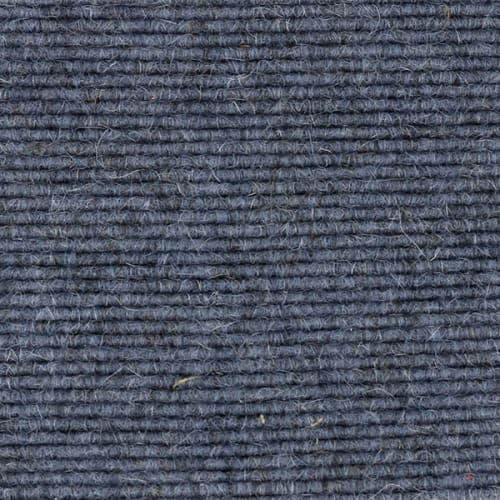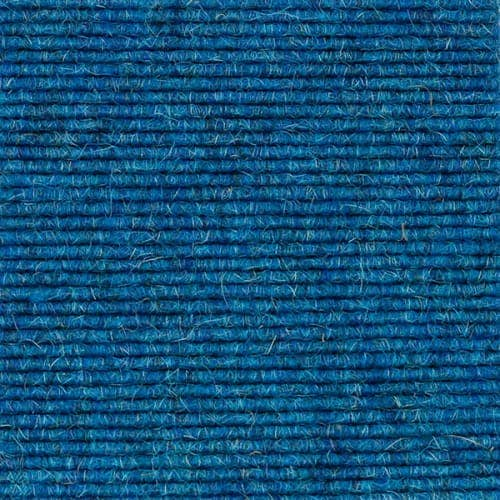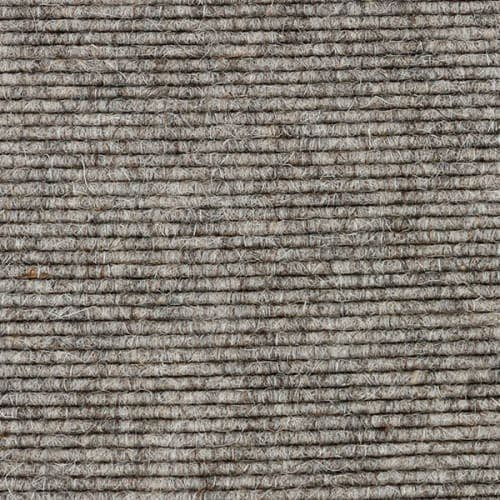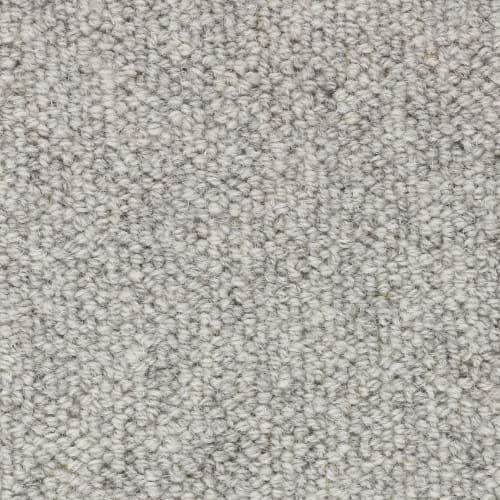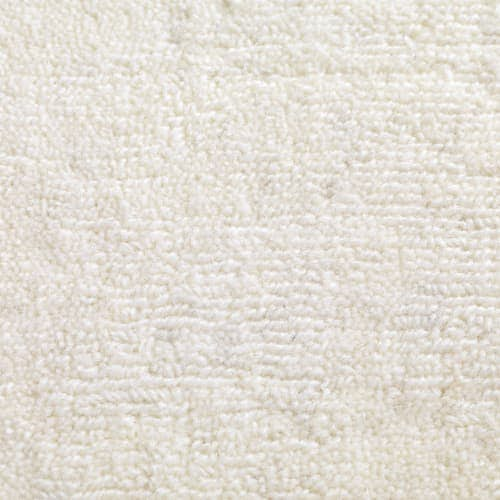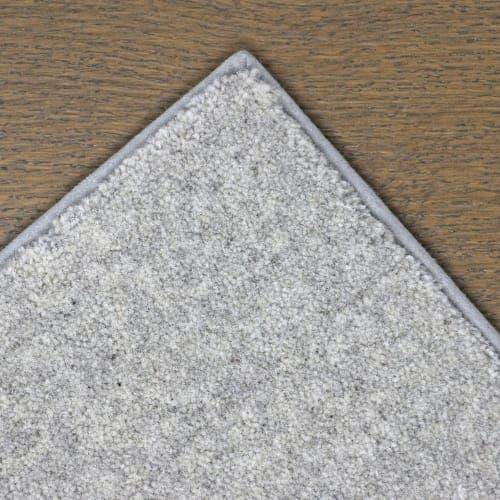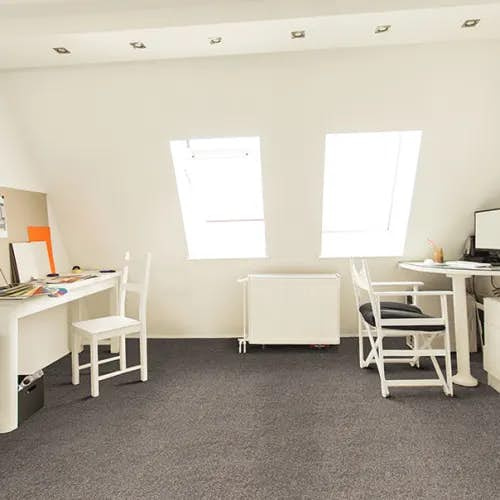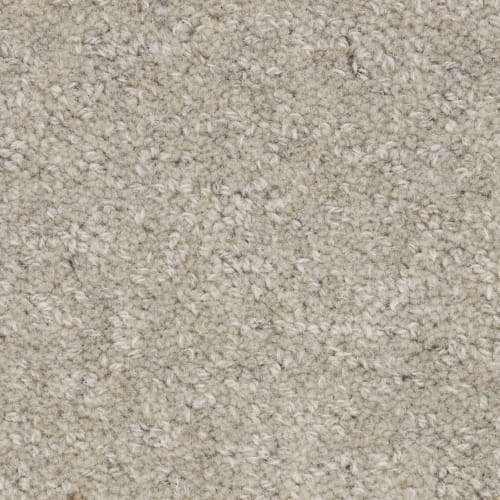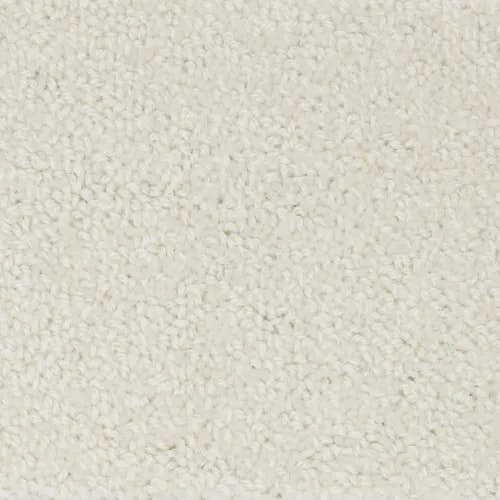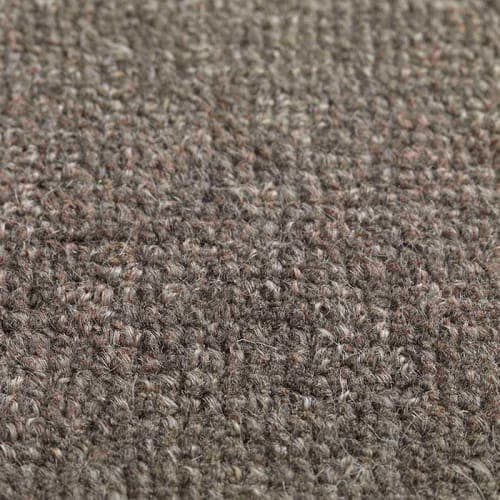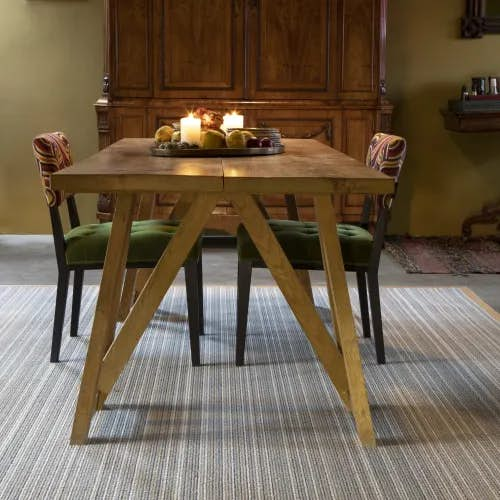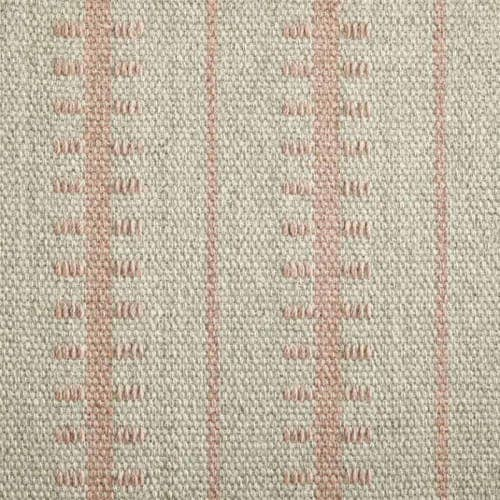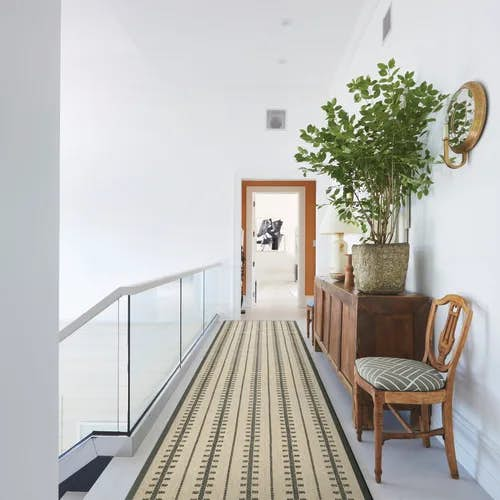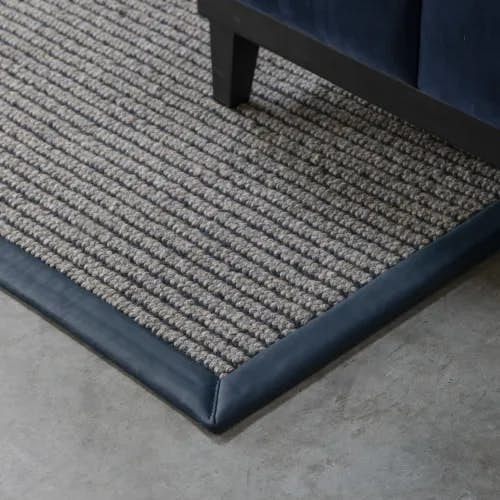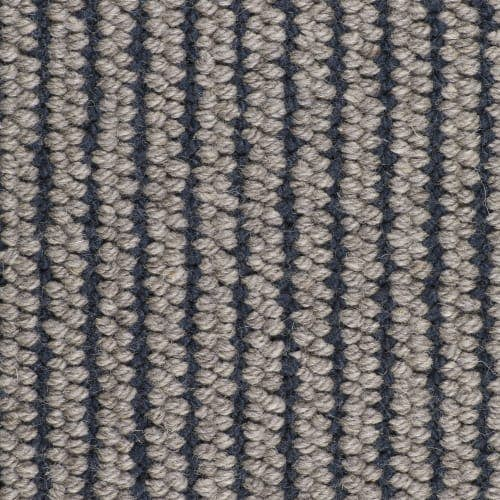Only the Finest Wool Carpets
Handmade wool collections curated from innovative producers around the world, united by a commitment to unwavering quality & environmental stewardship.
Both living rooms and bedrooms should be welcoming and comfortable. A high-end woolen carpet with cozy, plush wool fibers is perfect for such spaces. A carpet like Chennai or Shasta offers a soft landing for cold toes or our four legged friends. But even a flat weave wool carpet provides insulation, both for sound and temperature, and helps purify the air. If you love to layer treasured rugs as part of your design, a flat weave carpet like Marin, Plymouth or Withington set a neutral foundation for any decor.
A great way to add a subtle design element is through pattern. The classic herringbone or chevron is a tried and true look that complements all interior design styles. The repeating chevron pattern in Bayside, Marin, and Londonderry add energy and visual intrigue. Stripes and diamonds are also great ways to add visual interest to spaces like hallways, staircases, or dining rooms.
What are the benefits of wool carpet? For one, wool is a natural product that is biodegradable, renewable, beautiful, soft, insulating, and improves indoor air quality. It also has natural stain resistance. Some of the most treasured wool comes from small farms in New Zealand and the UK that practice industry-best standards for both animal welfare and sustainable production.
For anyone suffering from allergies, a wool carpet traps allergens and dust within its fibers, keeping such irritants from circulating in the air. If having the absolute purest products in your home is important, consider the backing on your wool carpet. Some carpets use a synthetic backing made from polypropylene and others use cotton or jute.
When should you chose wool over a synthetic fiber? It depends on your preferences and the end use. If sustainability or eco-friendly furnishings is a goal, wool definitely fits that criteria. However, many synthetic carpets manufactured today have a sustainability story. For example, many polyester rugs today are made from PET, a polyester fiber manufactured from recycled plastics. Additionally, ECONYL® is a regenerated virgin-quality nylon fiber that is manufactured from recovered and repurposed materials. Check out our SynSisal® collection to see the beauty of ECONYL® yarns.
Synthetic carpets offer a wide variety of styles and price points. They range in durability class and have excellent stain-resistance properties. A synthetic carpet’s best asset is that, depending on the backing, it can be used in areas that may get wet and/or outdoors, whereas wool is an indoor only fiber. But remember, always check specifications for the carpet you are considering—the backing may prohibit outdoor use.
A wool carpet consists of a backing (or two) and the face fibers, aka yarns, fiber, or material. With a tufted carpet, the wool fibers are punched and looped through the backing. The loops might be short or tall, and if they are kept in loops, the carpet is called a loop pile. Sometimes, the loops are cut to create a shag or cut pile carpet.
Shedding is a normal part of a wool carpet’s life cycle and does not indicate a defect or mean that the look of your carpet will change. Wool is a natural product and not all wool fibers are exactly the same size and length.
A carpet’s pile can range from short to tall, as well as dense or loose. A luxury wool carpet tends to have a denser, thicker pile and may be called plush (see Fat Cat). A multilevel loop carpet like Whistler has loops at different heights, or loops and a cut pile like Willingdon.
Thankfully, the natural oils found in wool help prevent stains and dirt from settling into the wool carpet yarns. We always suggest regular vacuuming—removing dirt and debris before it gets embedded into the carpet is the best line of defense. Also, a professional cleaning service is recommended every year or two.
Even with wool’s stain-fighting reputation, all spills still require quick attention. A water-based spill, like wine, cleans up fairly easily while an oil or grease stain requires more effort. That's why wool is better suited for the bedroom and living room as opposed to high traffic settings like the entryway or kitchen.
If you need guidance on how to remove stains or how to handle shedding from a wool carpet, all our carpets come with care and cleaning guidelines that are accessible under the Care tab on each weave page. Furthermore, our Cleaning and Care Guides page offers suggestions and details to help keep your carpet looking great for years to come.
There are many things to consider with a wall-to-wall carpet installation. The first consideration is to make a plan. Begin with researching the style and material you want and if you aren’t sure, please reach out to us for guidance.
Once you have a general idea of the scope of your project and the carpet you want to use, talk to an experienced, professional carpet installer. They know how to measure properly to ensure you order enough material, provide a timeline, and can offer tips to make your installation a success.
In addition to our team of experts, we offer many resources to educate you on carpet installation. The more you know, the better you will be able to communicate with your installer. For starters, we provide a general step-by-step process for ordering broadloom carpet in the FAQ section here and an overview of carpet installation is offered on our Installation page and on our blog. It is also important to understand carpet delivery—see our detailed guide here.
So, before ordering your carpet, talk to us and/or talk to an installer!
%2Ff_auto%2Fq_auto%2Fw_1276%2Fv1724775469%2FFlooring%2FVendors%2FJacaranda%2FBeauty_Image%2FWillingdon_Mist_Wool_JAC_diningroom_L_dq0e6h.webp&w=3840&q=70)
%2Ff_auto%2Fq_auto%2Fw_1276%2Fv1709163425%2FFlooring%2FVendors%2FBellbridge%2FProduct_Image%2FMagnifika_Bronce_wool_BB_WSO2_a6hltr.webp&w=3840&q=70)























